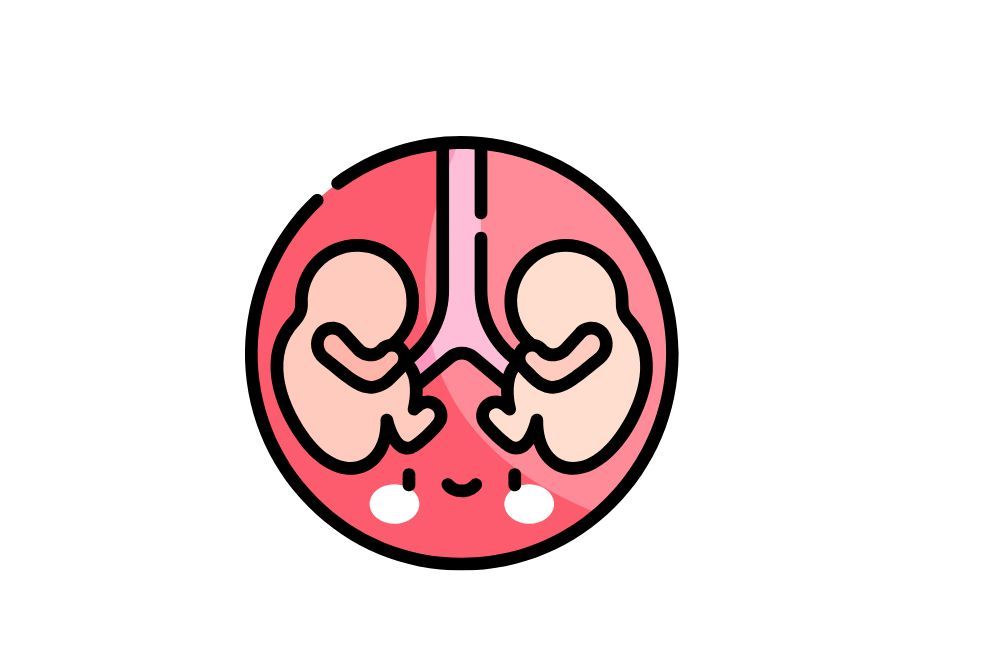
Understanding Twin to Twin Transfusion Syndrome
TTTS stands for a rare but dangerous condition that affects identical twin pregnancies. The single shared placenta of twins creates abnormal connections in blood vessels, leading to a mismatch of circulation flow between different fetuses. The condition generates excessive blood flow for the recipient fetus and inadequate blood supply for the donor fetus, which results in serious complications when supportive treatment is not received.
TTTS starts at any time in pregnancy, although physicians generally discover it during the second trimester of pregnancy. Mother and fetus need urgent access to Twin to Twin Transfusion Syndrome treatment as soon as doctors detect TTTS symptoms to enhance the well-being of both twins.
Causes of Twin to Twin Transfusion Syndrome
Twin to Twin Transfusion Syndrome develops because of unknown origins, but researchers have established several associated elements.
- Shared Placenta: When twins share a placenta, a dual placenta joins them (monochorionic twins) and they will develop TTTS.
- Abnormal Blood Vessel Connections: The placenta creates abnormally connected veins, which cause one twin to drain more blood while the other twin retains less blood than normal.
- Imbalance in Amniotic Fluid Levels: The twins develop unequal amounts of amniotic fluid because their blood flow levels are unbalanced, leading to polyhydramnios in one baby and oligohydramnios in the other.
TTTS Symptoms: What to Look For
The progression of Twin to Twin Transfusion Syndrome symptoms depends on which stage the disorder currently exists. Common TTTS symptoms include:
- Rapid abdominal growth due to excessive amniotic fluid.
- Disproportionate fetal sizes.
- Reduced movement in one or both twins.
- Cardiovascular strain in the recipient twin.
- Pale appearance and anemia in the donor twin.
- Pregnant women experience fetal distress indicators while getting scanned by ultrasound.
TTTS Stages: Progression of the Condition
The Quintero staging system defines five different Twin to Twin Transfusion Syndrome stages of severity.
- Stage 1:
- Unequal amniotic fluid levels.
- During TTTS, there exist two distinct amniotic fluid situations where donor twins experience reduced fluid (oligohydramnios), while recipient twins show increased fluid accumulation (polyhydramnios).
- Stage 2:
- During ultrasound examinations, medical personnel find it challenging to detect the bladder of the donor twin.
- Stage 3:
- Causes of abnormal blood flow appear in the umbilical cords as well as in fetal circulation.
- Stage 4:
- Heart failure develops in one or both newborns as long as they endure too much stress due to the condition.
- Stage 5:
- Severe complications cause premature death to one or both twins.
Effective treatment of twin to twin transfusion syndrome depends on monitoring and detecting its various Twin to Twin Transfusion Syndrome stages early.
Twin to Twin Transfusion Syndrome Treatment Options
The treatment approaches for Twin to Twin Transfusion Syndrome depend on how serious the condition has become. Treatment options include:
- Expectant Management
- Close monitoring through frequent ultrasounds.
- Bed rest and nutritional support for the mother.
- Amnioreduction
- Medical staff drain excessive amniotic fluid to both decrease pressure on the fetal compartment and improve their health condition.
- Laser Surgery (Selective Laser Photocoagulation of Placental Anastomoses, SLPA)
- The most effective treatment for severe TTTS stages.
- Laser treatment is employed to stop pathological blood vessel leakage, thus stopping additional imbalance in blood transfers.
- Septostomy
- Selectively performed medical intervention, which makes a tiny opening between the two amniotic sacs to balance fluid pressure.
- Fetoscopic Cord Coagulation
- Fetoscopic Cord Coagulation serves as a procedure that healthcare professionals use to enhance the survival rate of one twin despite an unfavorable condition for their co-twin.
- Early Delivery
- The doctor will recommend early birth delivery when TTTS symptoms progressively deteriorate after reaching a viable state of the pregnancy.
Prevention and Risk Factors
Proper prenatal care along with early detection can enhance the results for patients who face Twin to Twin Transfusion Syndrome, but no specific prevention methods exist. Some risk factors include:
- Monochorionic twin pregnancies.
- Abnormal placental development.
- Previous history of TTTS in multiple pregnancies.
Strategic use of prenatal check-ups and ultrasound screenings helps doctors detect indications of twin to twin transfusion syndrome so they can intervene promptly.
Conclusion
TTTS demands precise professional supervision and timely medical treatment since it represents a complex condition. The knowledge of TTTS symptoms combined with awareness of TTTS stages alongside the most effective treatment choices for Twin to Twin Transfusion Syndrome enhances the survival chances of both twins. Couples preparing for identical twins need to undergo routine ultrasound testing under expert medical supervision for achieving a healthy pregnancy.
Contact a maternal-fetal medicine at Ovum Hospitals
When dealing with twin to twin transfusion syndrome, this expert can evaluate successful pregnancy treatments.
FAQs
1. What causes Twin to Twin Transfusion Syndrome?
The vascular abnormality in shared placentas leads to problems with blood flow distribution, which causes Twin to Twin Transfusion Syndrome.
2. Early symptoms indicating twin to twin transfusion syndrome become apparent first.
Patients with Twin to Twin Transfusion Syndrome experience three initial symptoms, which are quick prenatal size increases along with changing amniotic fluid levels and limited fetal activity.
3. How is TTTS diagnosed?
Medical professionals diagnose twin to twin transfusion syndrome by utilizing ultrasound examination of fetal growth measurements together with amniotic fluid monitoring and blood circulation evaluation.
4. TTTS treatment procedures present two primary options to healthcare professionals.
The standard medical interventions for Twin to Twin Transfusion Syndrome involve amnioreduction along with laser surgery and urgent delivery for serious cases.
5. Which percentage of TTTS cases leads to successful survival?
The survival possibilities for TTTS cases depend on the disease stage. When doctors detect TTTS at an early stage combined with proper medical intervention, the results lead to improved survival and health outcomes for both twins.
6. Can TTTS be prevented?
Twin to Twin Transfusion Syndrome remains unavoidable, but undergoing routine monitoring and launching rapid interventions helps decrease associated dangers and produce better results.
.png?updatedAt=1705732823811)

.png?updatedAt=1693463514059)
